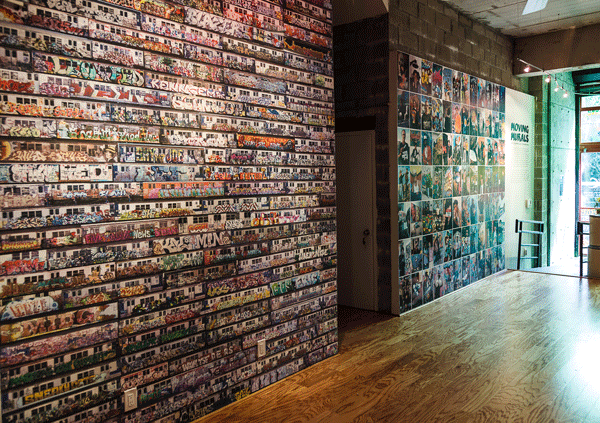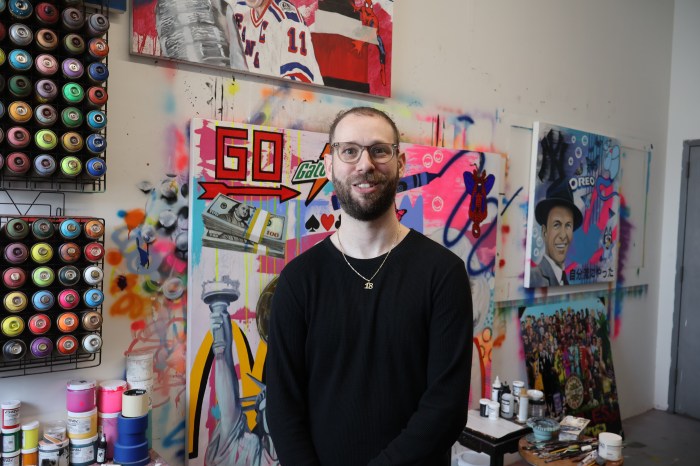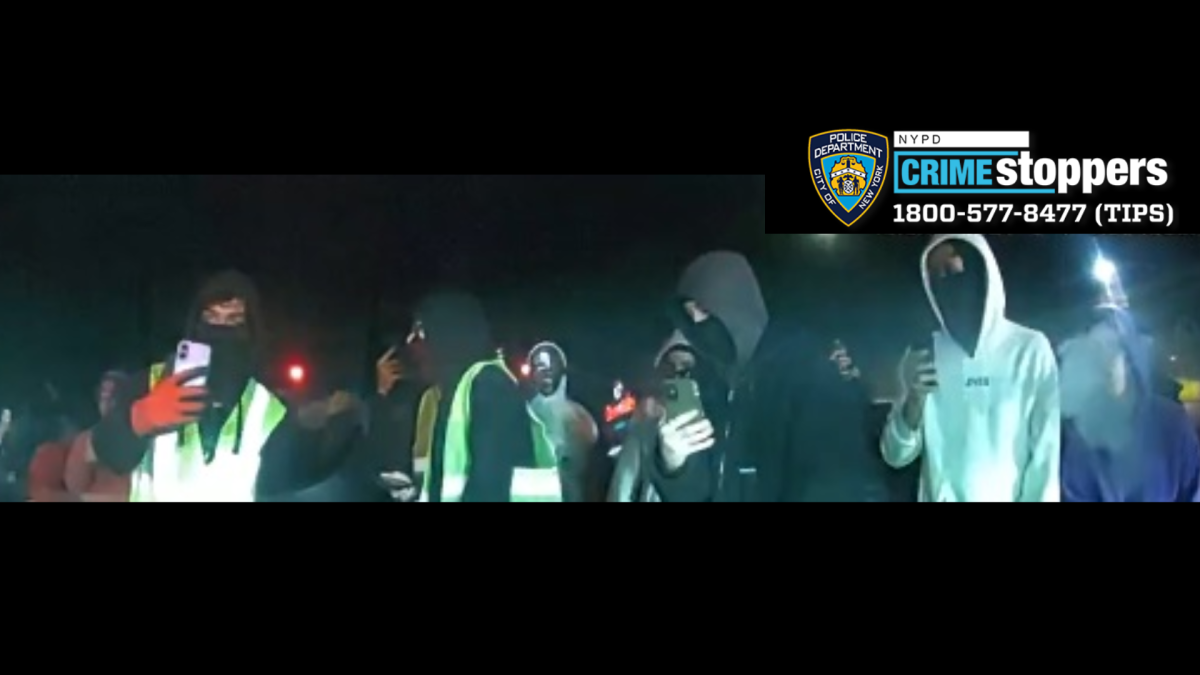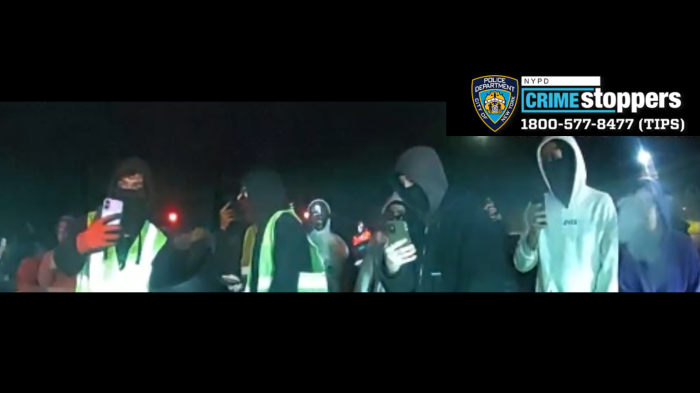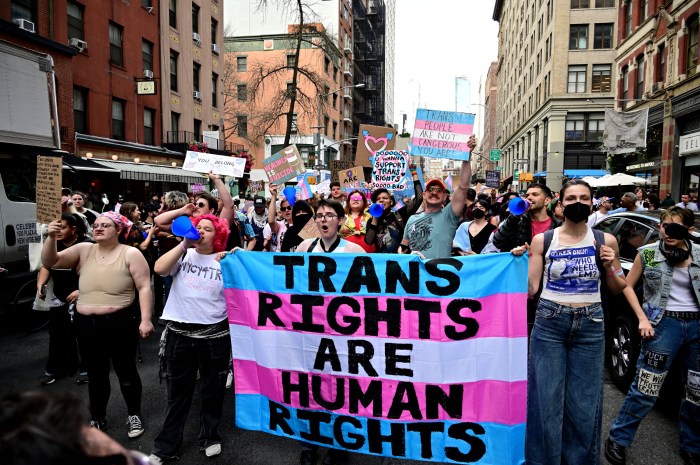
BY NORMAN BORDEN | Like so much else in New York City, graffiti isn’t what it used to be. Oh sure, street art is still around in many forms (thank you Banksy), but not the way it was. In the 1970s and early ’80s, the state of the art was subway graffiti, which many New Yorkers (including then Mayor Ed Koch) considered vandalism. Others called it an art form.
Whatever you thought, it was a cultural and sociological phenomenon. Teenagers armed with spray cans were surreptitiously painting subway cars with bright, bold graphics, trying to outdo each other’s artwork and make a name for themselves — among themselves. As one artist said, “It was all about respect.”
When subway art was all about respect
The painted subway cars and the controversy are long gone, but much of the period’s subway art and portraits of the artists were captured through the determination, persistence, and talents of photographers Henry Chalfant and Martha Cooper. It’s now all on display in the “Moving Murals” exhibition at City Lore Gallery’s handsome new space.
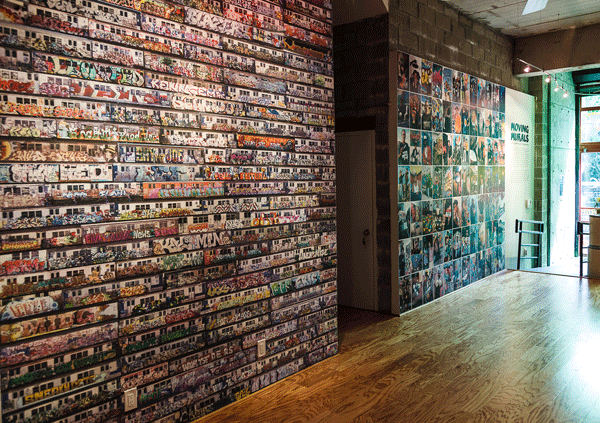
The unique format of the show is both fascinating and mind-boggling. It includes over 825 of Chalfant’s individual car images and 84 of Cooper’s portraits stacked floor to ceiling, which prevents many from being viewed up close. No matter, there’s still plenty to look at. Viewed from a distance, the images look like wallpaper, but it’s a wall-to-wall mosaic that creates a graffiti train yard environment. In effect, it’s a big picture of what New Yorkers had to endure — or enjoy — when the trains rolled by.
MOVING MURALS: HENRY CHALFANT & MARTHA COOPER’S ALL-CITY GRAFFITI ARCHIVE
Through July 10
At City Lore Gallery
56 E. First St. (btw. First & Second Aves.)
Hours: Wed. – Sun., 12 – 6 p.m.
Call 212-529-1955 or visit citylore.org/the-gallery
A multi-media presentation, which includes artist interviews and Chalfant’s iBook of his graffiti archive, adds another perspective.
In explaining how he got started with the project, the artist says, “I moved here in the early ’70s when graffiti was already evolving, from just tags (artist’s personalized signatures like ‘Taki 183’) to ‘pieces’ (masterpiece or complex painting) to subway cars. I saw a painted train one morning and thought it was fun. I was an artist myself — a sculptor — and liked it aesthetically. I also was drawn to the rebellious aspect. Once I was more familiar with the city, I started taking pictures and went to the outer boroughs for shots of the elevated trains.”
‘Moving Murals’ freezes and preserves a cultural phenomenon
Since this was the pre-digital, pre-Photoshop era, Chalfant had to take several photos of each subway car with his 35 mm SLR, and then splice them together to create a panoramic image. Once the artists got to know him, they often gave him advance notice of a train they had just “tagged” so he could take pictures before the train was cleaned off or covered up by other graffiti. Still, he says, “It was very catch as catch can.”
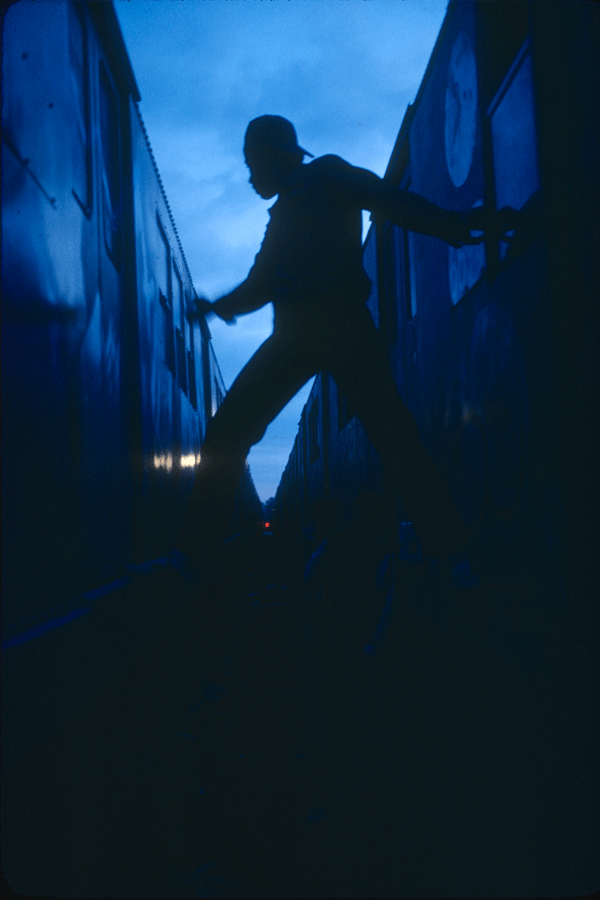
Chalfant spent seven years on the project, and during that time, he and Martha Cooper produced the 1984 book, “Subway Art,” which became the how-to manual for graffiti artists around the world. The 25th anniversary edition was published in 2009. He also co-produced the documentary “Style Wars” in 1983, which featured interviews with graffiti artists, Mayor Koch, cops, art critics, and others. It became the indispensable record of subway graffiti and hip-hop culture, winning the Grand Jury Prize: Documentary at the Sundance Film Festival. Some segments are in the gallery’s multi-media show.
With so much to see, where do you begin? Chalfant offers his “Tales of Ten Train Cars” as a guide. I liked the car painted “Dump Koch” because it was so in-your-face and of the times. Chalfant explains that it was created around 1981, when the mayor was graffiti’s sworn enemy. The “John Lennon” car was considered so sacred that even the Transit Authority car cleaners wouldn’t touch it. The car stayed in service for years without being cleaned or painted over by other artists.
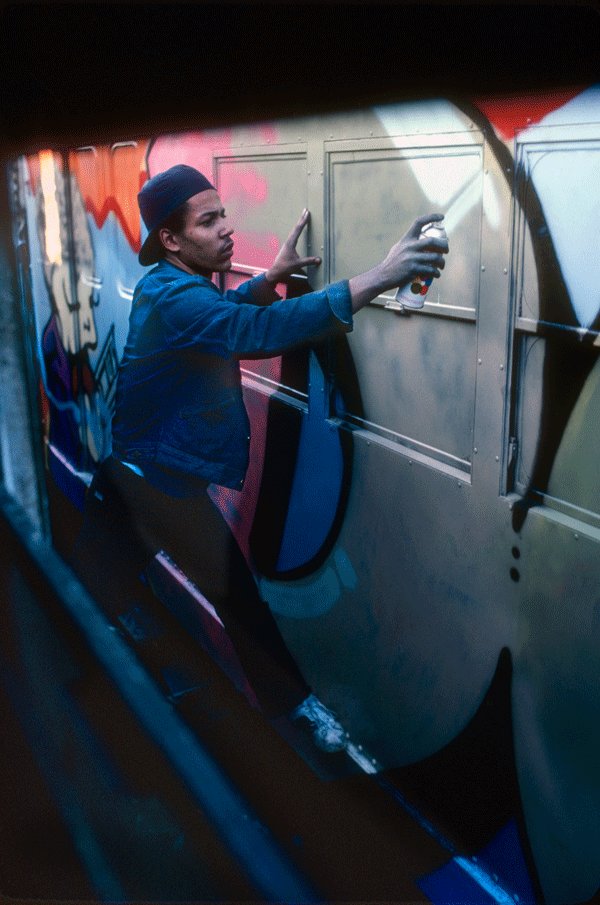
In contrast, “Buffed Train” stands out because it was freshly whitewashed — it had just gone through a train yard’s special car wash that used giant brushes and toxic chemicals to buff and remove the graffiti. Check out “BLADE,” who Chalfant called a complete original. His mural covered the entire car including the windows. I also liked “Ski Hicki,” a tribute by the artist SEEN to Hickey and Ski, two Transit cops who were retiring from their job of catching young graffiti artists. You see two cartoon-like guys in flowered shirts on a tropical island showing their badges. Very cute.
There’s a lot more to see here, of course. I liked the car that says, “ I (heart) Zoo York.” And Cooper’s portraits put real faces on these guys (except for the infamous “Taki 183,” who hides his face). Other artists don’t. You see many at work, spray cans in hand, trying to make a name for themselves — long before YouTube and social media made it easy.
Norman Borden is a New York-based writer and photographer. The author of more than 100 reviews for NYPhotoReview.com, he’s a member of Soho Photo Gallery and ASMP. One of his images in the juried show, “Impromptu” (now at Darkroom Gallery, Essex Junction, VT), was awarded an Honorable Mention. Visit normanbordenphoto.com.

© Henry Chalfant



